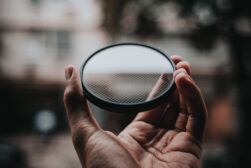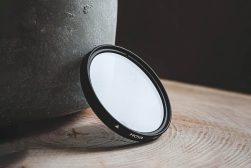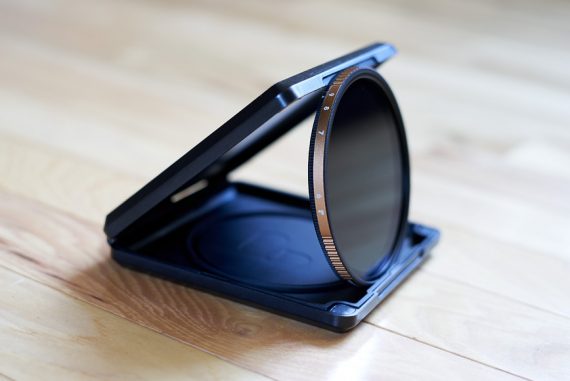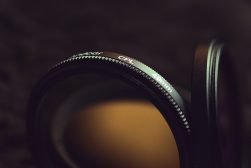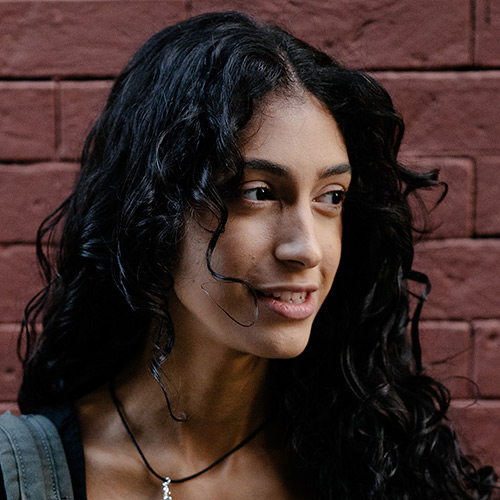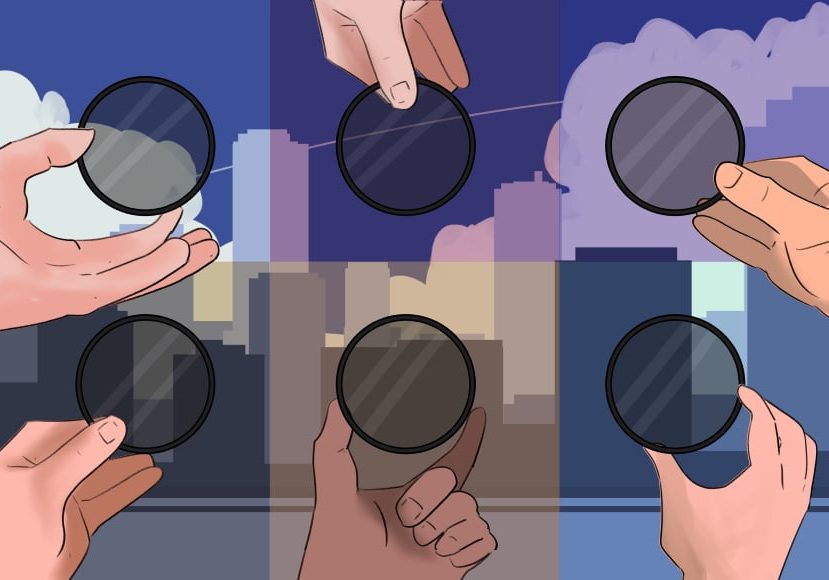
Best ND Filters for Creative Photography & Video (Neutral Density)
Learn all about ND filters and discover the 5 best options here in 2020. How should you choose a Neutral Density filter to enhance your photography or video?
This is a guide to the best ND filters for restricting the amount of light that enters your camera lens.
Out of all the various types of lens filters available, Neutral density filters have been a landscape photographer’s secret weapon ever since the days of film photography.
Popular uses include blurring the movement of water, allowing a shallow depth of field in bright light, reducing the visibility of moving objects and adding motion blur to subjects.
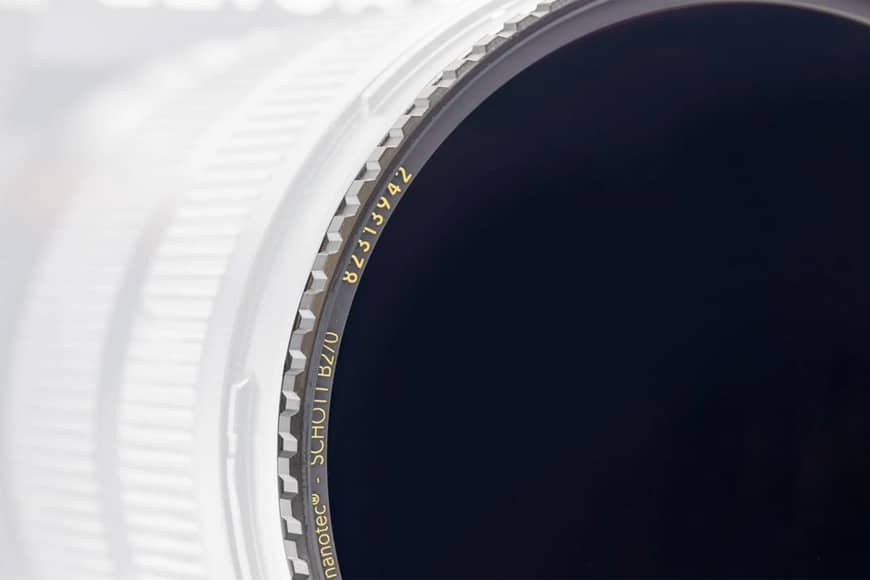
World's sharpest & most colour neutral ND filter for the discerning landscape photographer.
Some photographers even NDs as a kind of lens protection filter to prevent scratches.
The best ND filters offer flawless colour accuracy and no reduction in overall image quality or sharpness. They come in 2 shapes (square or round), various filter sizes (commonly 43-77mm) and densities or ‘stops’, which are based on the amount of light restriction.
Some require a filter holder, while others can be screwed directly onto your lens.
let’s take a look at the top options of the year so far.
Table of Contents
Best Neutral Density Filters in 2023
1. Breakthrough Photography X4 ND
- Fantastically sharp
- Totally color-neutral
- Weather-sealed
- 25-year warranty + support
- 3, 6, and 10 filters are 1/2 stop darker than advertised
Breakthrough Photography’s X4 ND is hands down one of the best ND filters for the price. If you’re looking for top-notch image quality, excellent durability, and fantastic design, this selection of ND filters is simply amazing.
Not only are they superbly sharp, but they also guarantee that they’re the world’s most color neutral ND filter. Even the 10- and 15-stop ND filters have no discernible color cast.
The Brekathrough X4 neutral density filter’s construction is fantastic, with exceptional quality glass, brass rings, and a specialty traction design in the filter holder. They’re also designed to be particularly rugged and can withstand salt, dust, and other abrasive elements.
Beyond this, all the X4 neutral density filters come with a 25-year warranty and full customer support during that time.
The folks at Breakthrough Photography really believe in their product – no other filter comes close to this kind of support and coverage.
The X4 neutral density filter comes in a large variety of circular ND filter sizes and also in two square sizes. There’s even a magnetic option for the 95mm circular filter and the two square filter sizes. They’re available in 3-, 6-, 10-, and 15-stop densities.
For an idea on price, the 77mm 10-stop filter retails for around US$179 – click the button above to find out the price for the specific filter size you require.
Really, these are just fantastic all-round filters. Their design and performance are top-notch and the warranty and support just can’t be beaten.
See also: What is a polarizer lens filter?
2. Cokin Nuances Extreme ND Z-Pro
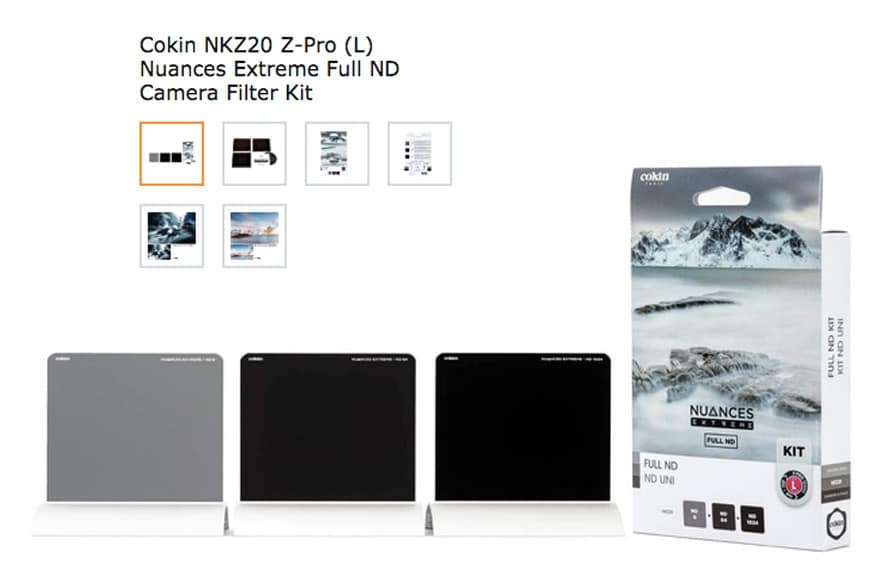
- Covers a wide variety of lens sizes
- No loss of sharpness
- Flawless f/stop accuracy
- Tempered, shock-resistant glass
- Anti-glare coatings
- Has a slight color cast
- The larger filters can be pretty pricey
Cokin’s Nuances Extreme series of ND filters come in at a close second place. Offering only top-notch square filters, they offer high performance at a reasonable price.
The glass of these filters had a new tempering process added to it which makes it literally 4 times stronger than most other glass filters (including its previous series).
Cokin has also designed some new coatings for its neutral density filter range that superbly ensure a uniform density from corners to center.
The result: a particularly high degree of optical clarity without any vignetting or a reduction in sharpness.
The Nuances Extreme Z-Pro ND filters also come with several anti-glare coatings, which aid in reducing surface reflections.
Cokin Z-Pro ND filters come in three density options (3-, 6-, and 10-stop) and three different sizes. The holder allows for more than one filter to be used at once and comes with a special light-blocking gasket that prevents errant light from hitting your camera sensor while in use.
Overall, Cokin’s Extreme Z-Pro series combines excellent performance with a price that’s more than competitive when compared to similar filters.
The filter itself retails for around US$160 (depending on the size and density you choose) and the holder for around US$60. It’s definitely a top choice if you’re on a budget and want to go with square filters.
They can also be bought as a kit that includes a neutral density filter holder, adapters, as well as both fixed and graduated ND filters.
3. PolarPro Variable ND (Peter McKinnon Edition)
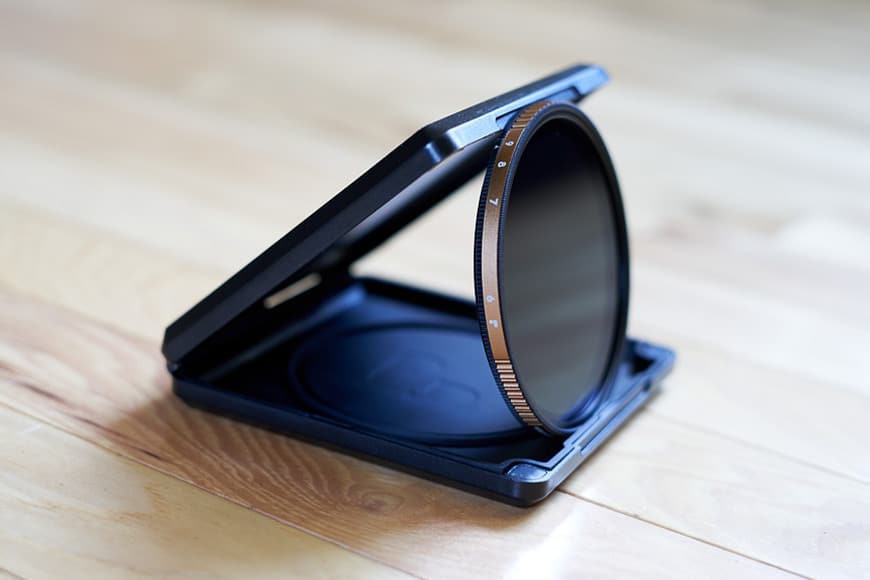
- Superb image quality
- Highly versatile
- Excellent design
- Marked filter densities
- Ultra-low profile that works well with wide-angle lenses.
- Occasional slight vignetting
- Expensive for a variable ND filter
If you’d like the convenience of having multiple filter densities available in a single filter, then a variable ND filter might be for you.
Using a variable ND filter is super handy if the light is changing quickly (think sunrise/sunset or moving clouds) or if you’re not sure which density will achieve the greatest effect.
Most variable ND filters have issues with vignetting, and with wide-angle lenses, they tend to provide uneven coverage. PolarPro’s Peter McKinnon edition is an exception.
The image quality that comes out of these filters is exceptional. In fact, their 6-9 stop filter outperformed every fixed ND filter I’d ever used before. (You can read my full review of it here.)
The construction and design quality of the Peter McKinnon edition is downright superb, from the marked filter densities on the copper ring to the rubber filter cover and durable carrying case that come with it.
PolarPro offers two versions of variable ND filter: a 2-5 stop and a 6-9 stop.
Landscape photographers will definitely want the 6-9 stop filter. Portrait photographers and videographers will most likely want the 2-5 stop option. It’s great for run-and-gun shooting and exceptionally ideal for those wanting to film down to 1/60 second for 30 fps videos.
At around US$249 for the 2-5 stop and $299 for the 6-9 stop, PolarPro variable ND filters are not cheap.
At the same time, you’re literally paying for 4 different filters in each go and the performance is well worth the price, especially if the lighting around you changes quite a bit.
Aside from the price, I couldn’t recommend these variable ND filters more. I take them everywhere I go and would never go back to what I was using before.
4. B+W XS-Pro Digital ND MRC Nano
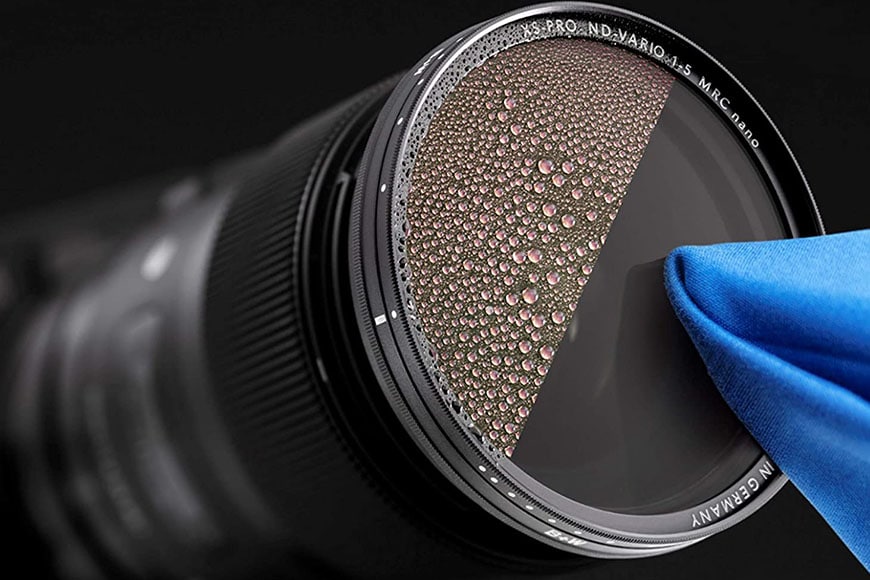
- Excellent build quality
- Screws on easily even after years of use
- Slim profile
- Accepts lens caps and/or other filters
- Has a color cast and less sharpness at higher stops
- Occasionally has a vignette
- 6-stop and 10-stop filters are 1/3-stop too dark
B+W offers a number of different ND filters of varying quality. In fact, they were the makers of my first 10-stop filter, which back then retailed for about $60.
The color cast was pretty heavy and the reduction in sharpness noticeable, but since that was my first 10-stop ND filter ever, I figured that just came with the territory.
B+W’s new XS-pro series, though, is much higher performing. They’re made from much finer glass and come with a number of multi-resistant coatings (MRC), including anti-reflective and dirt/water repelling features.
What’s more, the images come out sharp and the light blockage is uniform. The stronger filters (i.e. 10-stop) definitely have a color cast, but that’s easily removed in post-processing.
Some users report vignetting with wide-angle lenses, but many others seem quite happy.
One of the really cool things about B+W XS-Pro ND filters is their build. They attach and detach with ease – some say they practically screw themselves on.
(If you’ve used circular filters in a hurry you know how important this is!)
They also have a remarkably slim profile which still manages to include threads for more filters to be stacked on top.
For many, B+W XS-Pro ND filters are the benchmark from which they compare other ND filters. At around US$158, though, I find them a bit pricey for the performance.
Still, the build quality can’t be beaten and they are well-known as a solid performer – especially with their 3-stop ProND filter. Just don’t be tempted to go with their less expensive series… it’s not worth it.
5. Hoya ProND
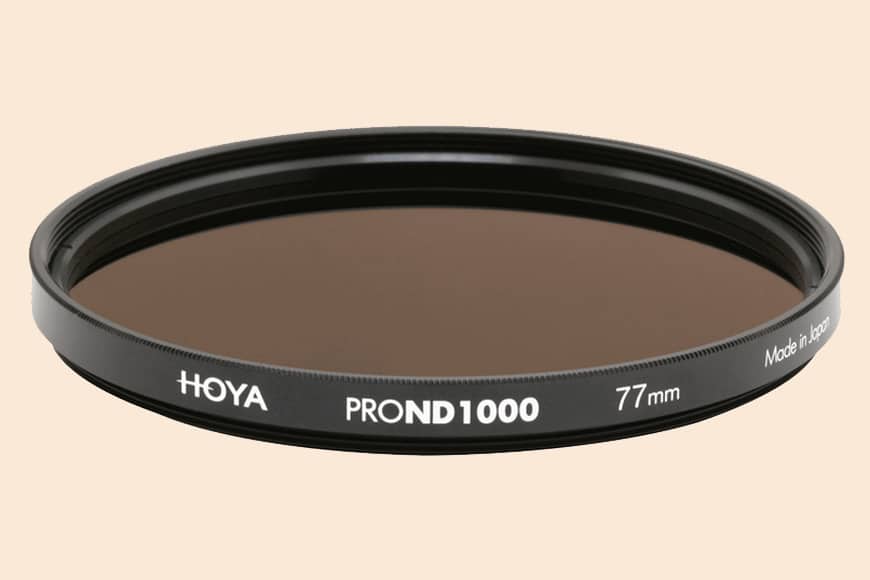
- Excellent sharpness
- Well-priced
- Lots of diameters to choose from
- A bit of a color cast
- Can’t quite match the better square filters
Hoya has long been one of the most well-known circular filter makers out there, and they do make some great, high-quality ND filters.
Their ProND line features high-quality materials, black frames to minimize unwanted reflections, and ‘ACCU-ND’ metallic coatings. All of these serve to make Hoya ProND filters some of the better circular ND filters on the market.
Perhaps the best part of buying from Hoya is the multitude of size and strength options available.
Densities start at 2-stop and go up to 10-stop, and there’s a huge variety of filter sizes to choose from. So if you’re shooting with a non-standard lens size and don’t want to be bothered with a step-up ring, Hoya ProNDs might easily be your best option.
As far as build is concerned, the frame on the Hoya filters is slightly deeper than the B+W filters, which might create some slight vignetting, but overall Hoyas are a strong performer across the board.
They certainly match their rivals in the US$150-$160 range in both performance and quality.
(Note that while Hoya offers a number of ND filters under $100, it’s best to stick with the ProND series.)
What is an ND Filter? (+ Why You Need One)
Ever take a look at a stunning landscape photo with smooth, glassy water and wonder how it got that way?
Or maybe there was a shot with the clouds streaking by that just looked fantastic?
Or maybe you’ve been appreciating some classic waterfalls with soft, silky water?
All of these effects are created in-camera using long exposure. They’re actually pretty easy to create if you’ve got a little time and patience.
In fact, you won’t even need any special gear if you’re shooting at night or in low-light situations – a camera (and a tripod) will be enough.
If you’re shooting in the middle of a bright, sunny afternoon, however, you’ll need a neutral density (ND) filter. Without one, the scene will be far too bright for you to keep a longer shutter speed without over-exposing your image.
ND filters restrict how much light reaches your lens, allowing you to keep your shutter open longer than you could otherwise. The greater the optical density of the filter, the more light that is blocked and the longer the exposure you’ll be able to get.
Basically, if there’s something in a sunny landscape (or cityscape) that’s moving and you want to create motion blur, ND filters are where it’s at.
Clouds, swaying grass, trees with shaking leaves, and especially water all make great subjects when doing landscape photography. In a city, look for cars, trains, and/or people.
In short, using an ND filter allows you to shoot with slower shutter speeds than would be possible without them.
Shooting at dawn or dusk? A 6-stop ND filter will probably be all you need to decrease your shutter speed. Shooting under bright sunlight in the middle of the day? Try a 10-stop ND filter. You’ll be amazed at the difference it will make!
Long exposure photography, isn’t the only use for neutral density filters, though.
Many videographers and portrait photographers use ND filters to create a shallow depth of field in the middle of the day. Doing so creates a nicely blurred background and maintains the focus on the subject without them being overexposed.
Like UV filters, the best neutral density filters are not supposed to change the color or sharpness of an image. Their only purpose is to reduce the amount of light that reaches the camera lens.
Unfortunately, less expensive ND filters often add in a color shift, add vignetting, and/or decrease sharpness, so you’ll have to be careful which ones you invest in.
What type of photography you’re doing and under what conditions, as well as what lenses you’re using, will determine what type of ND filter you want to buy. For example, landscape photographers will probably want a higher optical density than videographers.
In addition to different strengths (optical densities), ND filters also come in two styles: square and circular. Circulars are the easiest to use but will only fit on the lens they’re sized for (unless you use a step-up ring).
Square filters tend to be higher quality and are mounted via a filter holder that will likely fit on just about all your lenses. These filter holders have the added benefit of being able to hold multiple filters at once so you can combine, for example, a solid ND filter with a polarizing filter to add a bit of added punch to your image.
There’s also a fixed vs. variable neutral density filter option. Fixed ND filters only come in one strength. Variable ND filters allow you to change the strength of the light blockage without changing out to another filter.
In general, I’d recommend fixed ND filters as they have fewer issues, though there’s one exceptional variable ND filter that’s made our list below.
Best ND Filters – FAQ
What does an ND filter do?
Neutral density filters (ND filters) reduce the amount of light entering the lens. This allows the photographer, on a sunny day, to slow down the shutter speed or increase the aperture much more than would normally be possible while maintaining the correct exposure.
In landscape photography, ND filters are most often used to create a motion blur effect. In video, they are used to get a shallow depth of field.
How do I choose an ND filter?
To choose the neutral density filter that’s right for you, first figure out what you want to use it for. If you’re using it for motion blur effects in landscape photography, a stronger filter (7-10 stops) will be in order.
If, on the other hand, you’re using it primarily to get a shallower depth of field in videography, a 2- or 3-stop ND filter will generally be about right.
Beyond this, use the guide above to determine which brand works best for your budget and quality needs.
How do I know what size ND filter to buy?
If you’re buying a screw-on Neutral density filter, the neutral density filter size will be determined by the size of your lens diameter. If you’re planning to use it on multiple lenses, buy a neutral density filter that will fit your largest lens, then buy step-up rings for each of your smaller lenses.
Square filters use holders that fit on just about any size lens.
What strength ND filter should I buy?
If you’re buying a neutral density filter to enhance your landscape photography, a stronger ND filter is preferable: something between 8-10 stops.
If, however, you’re more interested in being able to open up your aperture on a bright day while shooting video, a 2- or 3-stop neutral density filter will be ideal.
Neutral density filters come in different density options that are defined by several numbering scales. The different numbers might seem intimidating or confusing at first, but you’ll soon get used to it!
For example, ND 1.8 and ND64 both describe a filter that cuts light transmission by six f-stops. This means that you’d be able to use a shutter speed that’s six stops slower than without the neutral density filter.
Six stops of reduced light should be plenty when working in low light conditions such as dawn or dusk. However, if you’re working in direct sunlight and you’re looking for super long exposures to blur water or sky, then you might want to use an ND 3.0/ ND1000 filter instead. This will give you 10 stops of reduced light to play with, which can make an incredible difference to your scene.
Are cheap ND filters any good?
Neutral density filters under $60 almost universally add in a strong color cast, vignetting, and a lack of sharpness to the image. The damage done to the image quality may not be worth the purchase – especially if you’re using a higher quality camera.
What is the best ND filter for landscape photography?
The best ND filters for landscape photography are generally between 6 stops and 10 stops, depending on when you like to do your shooting.
If you like to shoot during the golden hour, a 6-stop filter will probably be perfect. If you often find yourself shooting in the middle of the day, a 10-stop filter will be more in order.
If you shoot in many different lighting scenarios and have the budget for it, you might want to consider a variable ND filter like the PolarPro above. With it, you can switch between the different strengths (6-9) easily.
Both square and circular filters work well for landscape photography, though square filters tend to be the higher quality of glass.
Why use ND filter on GoPro?
Using Neutral density filters on a GoPro helps give better contrast and richer color to photos and videos taken in bright sunlight.
They can also balance out the camera’s shutter speed with the frame rate by introducing just the right amount of motion blur at the edges of the frame while keeping the center in focus. This, in turn, will reduce the jello in your FPV footage, because it’s similar to how our eyes actually see.
Some say reducing shutter speed and increasing the exposure time in this way lends a pleasing “cinematic effect” to the footage.
What are ND filters for drones?
Neutral density filters for drones work the same way as they do for a GoPro camera. They help achieve a correct exposure in full sunlight by reducing the amount of light that reaches the camera sensor.
Also similar to GoPros, the motion blur added in as a result of lengthening the shutter speed will help remove shaky footage or “jello”. This also helps to create a more “cinematic” effect in your footage.
You could also use a circular polarizing filter to reduce the amount of glare, which can help when taking drone photos of sealife from above.
Final Words on Neutral Density Filters
The ability to do long exposure photography and widen your aperture in the middle of the day can definitely open up a huge can of creative opportunities.
For some, a 10-stop filter, for example, will create an “instant upgrade” to their landscape photography all the way around.
For others, being able to maintain a shallow depth of field during a sunny afternoon with a 3-stop filter will boost the professional feel of their video footage.
It all depends on how and what you shoot and how much light you want to block out.
If you get a chance, try out a couple of different filter brands before settling on one. They really can be quite different from each other, both in how they feel and how they perform.
I’d definitely recommend investing in one of the neutral density filters above. The less expensive options, though widely available, often create more problems than they’re worth – especially if you have a high-quality camera and lens.
Choosing from the selection of best ND filters listed above will certainly improve your experience of using the filter for longer.
What do you think? Have you made the jump to using ND filters? If so, what brand(s) do you use and why?

World's sharpest & most colour neutral ND filter for the discerning landscape photographer.






